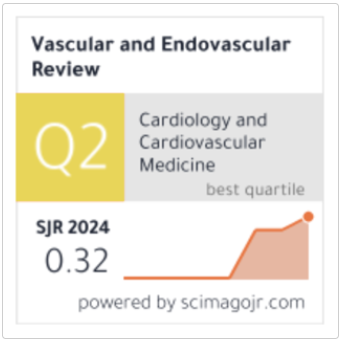Enhancing Cartilage Regeneration Through Bioreactor-Cultured Mesenchymal Stem Cells on Bovine Cartilage Scaffolds: A Literature Review
Keywords:
Bovine Cartilage Scaffold, Bioreactor, Mesenchymal Stem Cells, Cartilage Regeneration, Tissue Engineering.Abstract
Introduction: Articular cartilage’s poor regenerative capacity due to its avascular nature and complex architecture limits its ability to self-repair after injury. Tissue engineering strategies combining mesenchymal stem cells (MSCs), biomimetic scaffolds, and biomechanical stimulation offer a promising alternative. Among available scaffolds, decellularized bovine cartilage retains essential extracellular matrix (ECM) components such as type II collagen and provides a mechanically robust and biochemically active environment. Integrating such scaffolds with bioreactor culture systems may further optimize cartilage regeneration outcomes.
Methods: A structured literature review was performed following PRISMA-P guidelines. Articles were searched through ProQuest and ScienceDirect databases using keywords related to bovine cartilage, scaffolds, MSCs, and bioreactor culture. After removing duplicates and applying eligibility criteria, eleven in vitro and in vivo studies investigating bioreactor-cultured MSCs on bovine cartilage scaffolds were included in the final analysis.
Results and Discussion: All reviewed studies confirmed that dynamic bioreactor culture enhances MSC viability, distribution, and chondrogenic differentiation compared to static culture. Rotating wall vessels, perfusion chambers, and oscillating pressure systems improved nutrient perfusion and promoted ECM deposition. Decellularized bovine cartilage scaffolds treated with 5% SDS preserved type II collagen and achieved optimal porosity (~200 µm), supporting cell infiltration and matrix production. Compared to hydrogels like alginate or fibrin, bovine-derived scaffolds provided superior mechanical integrity. Meta-analysis revealed significant increases in sulfated glycosaminoglycan (sGAG) and SOX9 expression under dynamic culture, although heterogeneity was noted for MMP13 and COL2A1 outcomes.
Conclusion: Bioreactor-cultured MSCs on bovine cartilage scaffolds show enhanced potential for articular cartilage regeneration by promoting cell integration, ECM synthesis, and chondrogenic gene expression. This strategy represents a clinically promising, biomimetic platform for functional cartilage tissue engineering, though further standardization and long-term validation are required.








